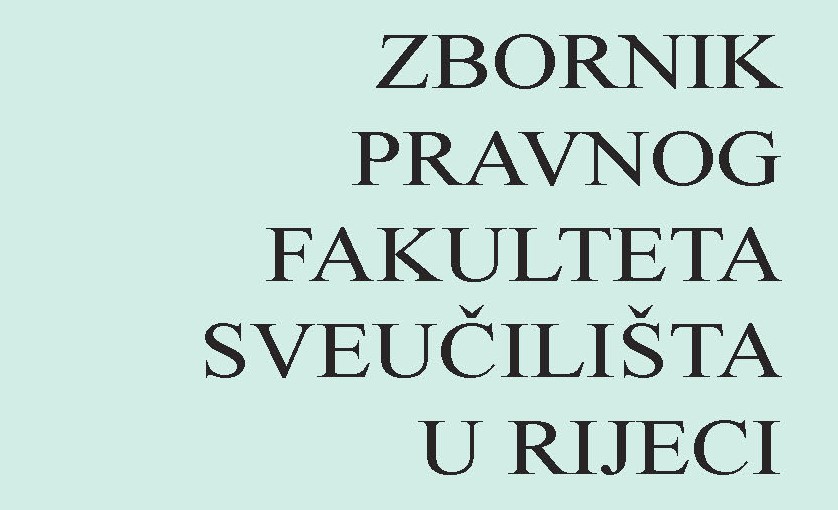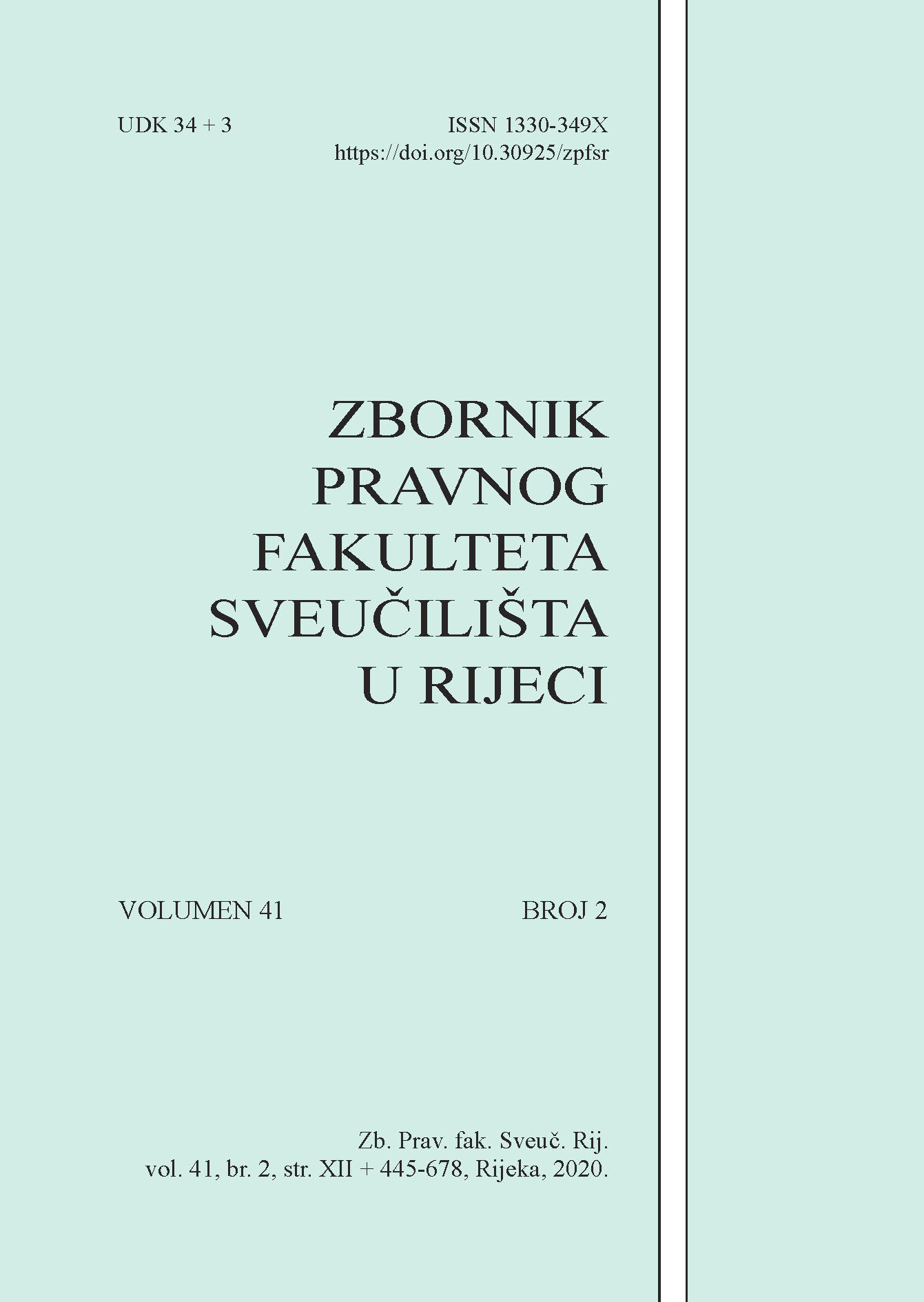THE OATH AS THE TOOL OF EVIDENCE IN THE CODE OF VINODOL
DOI:
https://doi.org/10.30925/zpfsr.41.2.6Keywords:
Code of Vinodol; oath; compurgators; evidentiary procedure; Ruskaja pravdaAbstract
The Code of Vinodol, the oldest Slavic code, was compiled in 1288. It can be classified as one of the important cornerstone in European medieval law. According to this particular code, the legal processes were accusatorial, oral and public. During the evidentiary process oath, mainly by the side of the accuser, was required. The accused party on the other hand could used oath in case of sexual violence. Later the oath of compurgators played an important role in the process. The number of compurgators ranged from 5 to 49 based on the seriousness of the crime. In case of sexual violence, compurgators swore to the innocence of the accused party. In absence of compurgators, the accused had to take as many oaths as many compurgators were
lacking. It is presumed that the institution of jury and the institutionalization of testimony and documentary evidence are the result of the development of medieval litigation and oaths. This study compares the evidence process of Code of Vinodol with other Slavic processes, with special regard to the role of oaths and compurgators.
Additional Files
Published
How to Cite
Issue
Section
License
Collected Papers is an open access journal. Journal does not charge article processing charges (APC) to authors. It is licensed under CC BY-NC licence 4.0.
Collected Papers of the Law Faculty of the University of Rijeka" is an Open Access journal. Users are allowed to read, download, copy, redistribute, print, search and link to material, and alter, transform, or build upon the material, or use them for any other lawful purpose as long as they attribute the source in an appropriate manner according to the CC BY licence.
The papers published in "Collected Papers of the Law Faculty of the University of Rijeka" can be deposited and self-archived in the institutional and thematic repositories providing the link to the journal's web pages and HRČAK.
Upon acceptance of the manuscript for publication by this journal, the author can publish same manuscript in other journals only with the permission of the Editorial Board (secondary publication). A repeated publication should contain a notice as to where the manuscript was originally published.



